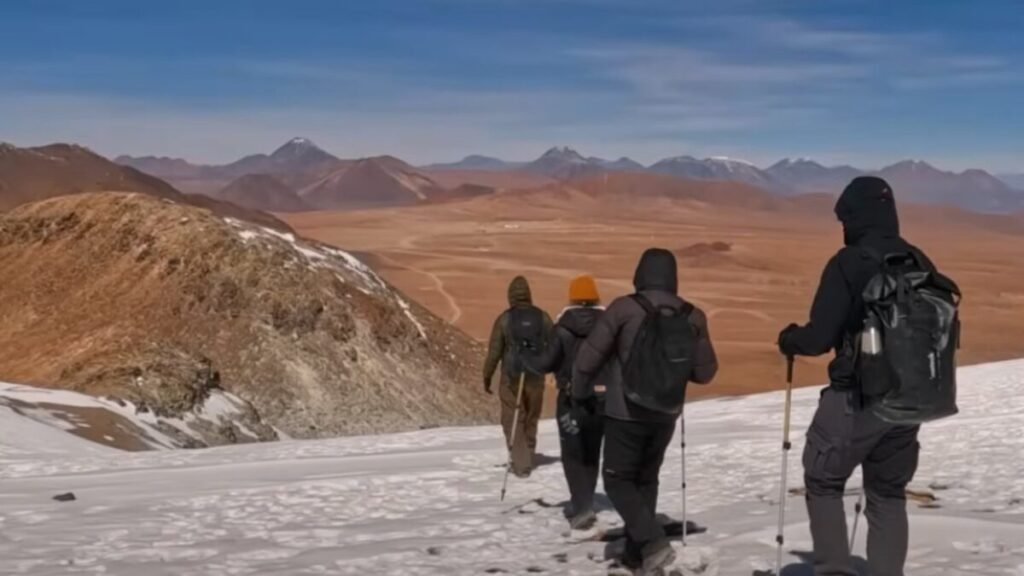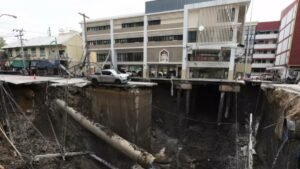Snow causes the world’s largest radio telescope to freeze: climate change impact in one of the driest places on the planet.

In one of the most extreme and driest environments on the planet, a rare event occurred that not only disrupted research on distant galaxies and cosmic signals but also highlighted the vulnerability of scientific infrastructure to global atmospheric changes. The unexpected snowstorm in the historically inhospitable Atacama Desert has raised questions about the impact of climate change on even the most stable skies.
An unexpected storm interrupts science in extreme altitude
The polar air front that swept through the Andean highlands caught even the most experienced teams off guard, leaving behind a blanket of snow that disrupted operations and caused significant damages. The intensity and impact of the event defied meteorological logic, affecting delicate scientific operations in the area.
The heart of the driest desert, paralyzed by the cold
The occurrence of a snowstorm in the Atacama Desert, known for its extreme dryness and climatic stability, left experts puzzled. The region, home to the Atacama Large Millimeter/submillimeter Array (ALMA), a crucial scientific infrastructure for tracking cosmic signals, faced a direct threat to its observational capabilities due to the disruption caused by the snowstorm.
A warning from the weather? What worries science
While there is no direct evidence linking this specific snowfall to global warming, the event serves as a reminder of the increasing frequency of extreme weather events in traditionally stable areas. The incident raises concerns about how scientific facilities can adapt to unpredictable environmental changes and underscores the importance of addressing climate instability to protect critical research infrastructure.







